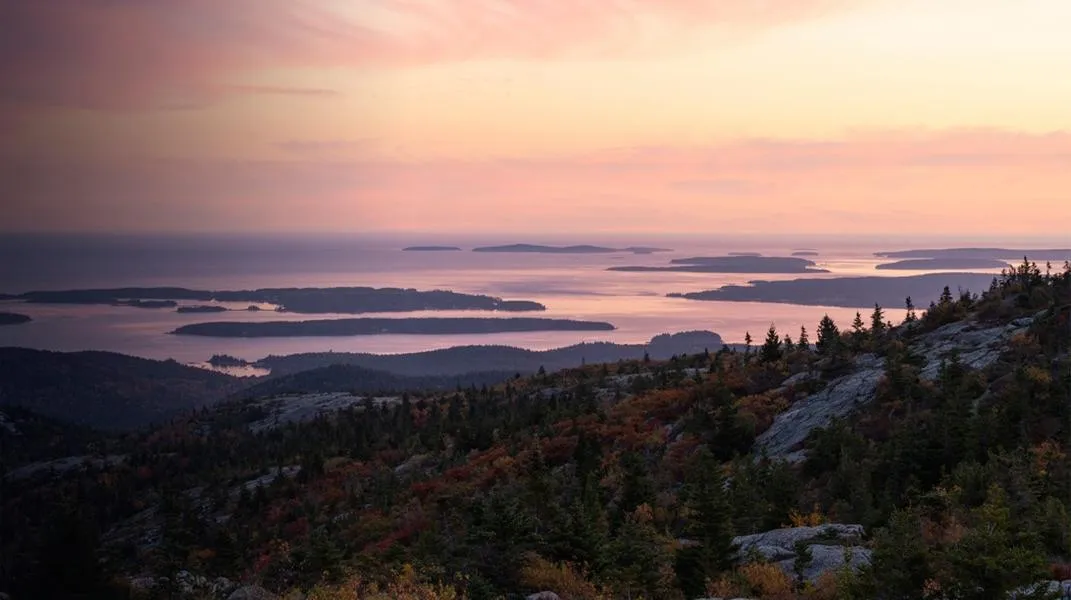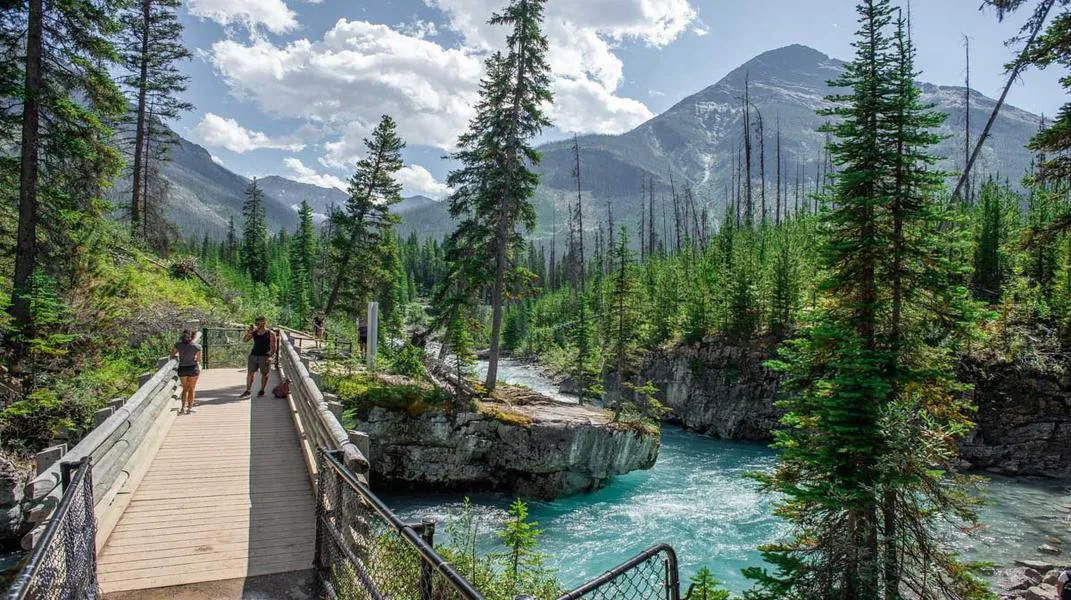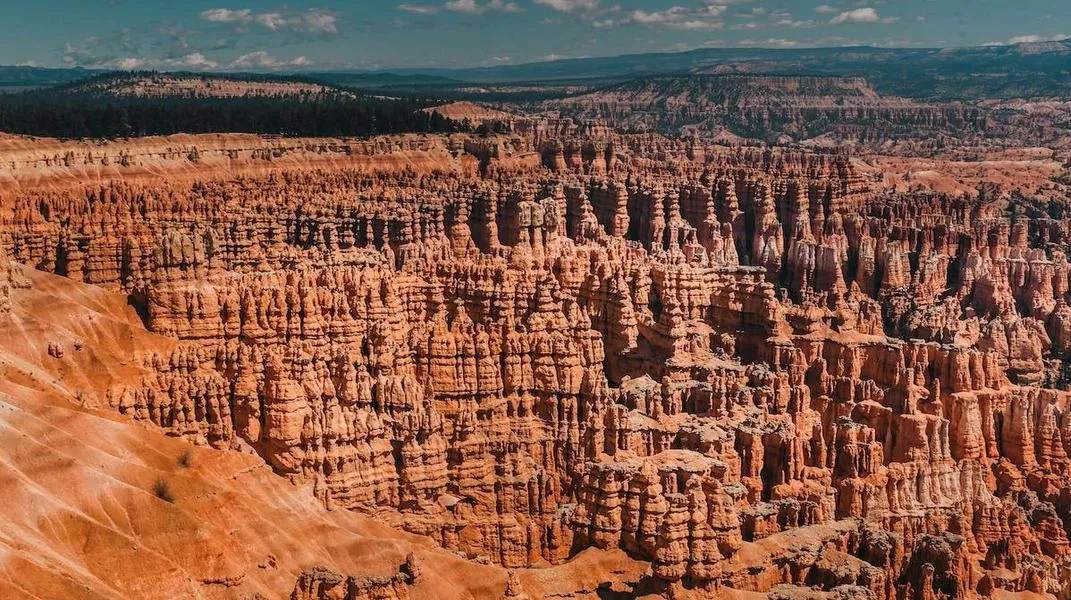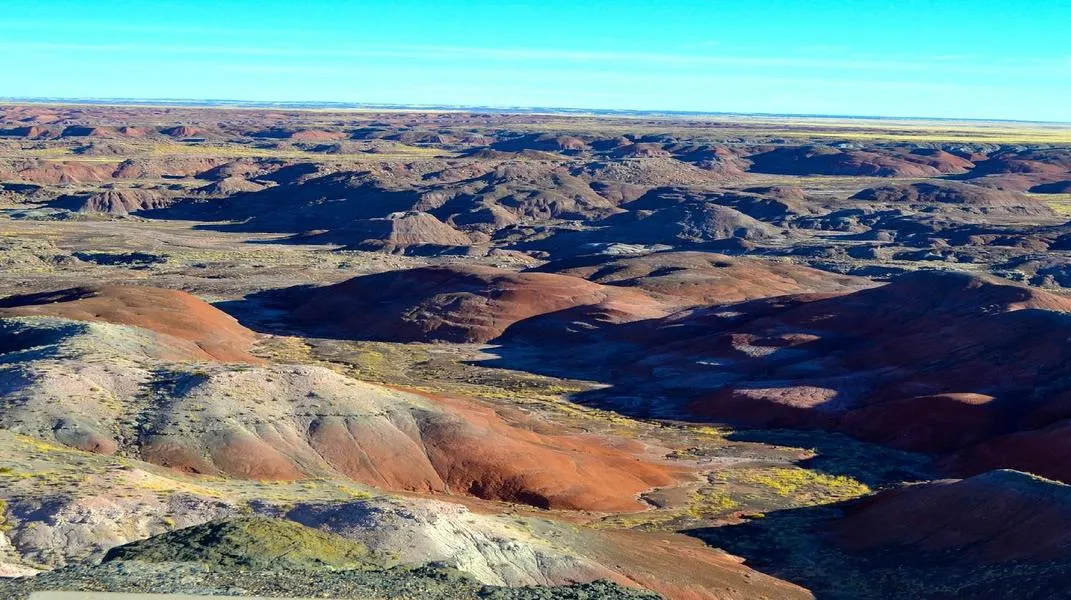Discovering the Majestic Glacier National Park: A Comprehensive Guide for Visitors
Nestled in the heart of the Rocky Mountains, Glacier National Park is one of the crown jewels of America’s national parks. With its breathtaking landscapes, diverse ecosystems, and a plethora of outdoor activities, it is a haven for nature lovers, adventure seekers, and those looking to escape into the serenity of the great outdoors. Covering over a million acres of pristine wilderness, Glacier National Park beckons visitors to explore its rugged mountains, grand glaciers, and sparkling lakes. This article will provide a detailed overview of this stunning national park, including its highlights, activities, and essential preparations for a visit.
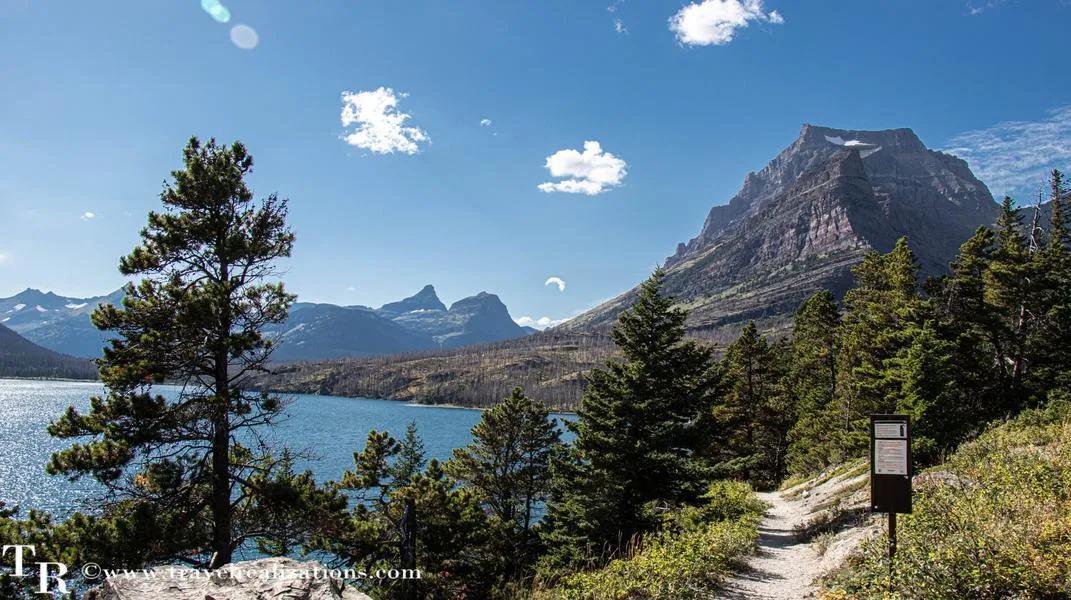
The Allure of Glacier National Park
Geography and Landscape
Glacier National Park is located in northwestern Montana, bordering Canada. It features a stunning array of landscapes, including towering peaks, deep valleys, lush forests, and glacial lakes. The park is home to 26 active glaciers, numerous alpine lakes, and miles of hiking trails that traverse its rugged terrain. The park’s crown jewel is the Going-to-the-Sun Road, a scenic drive that offers unparalleled views of the park’s diverse landscapes, from dense forests to alpine meadows.
The park encompasses a variety of ecosystems, including montane, subalpine, and alpine zones. This diversity in habitats supports a rich array of wildlife, including grizzly bears, mountain goats, bighorn sheep, and over 260 species of birds. The stunning vistas, with their dramatic contrasts of colors and textures, create a landscape that is both awe-inspiring and humbling.
History and Cultural Significance
Glacier National Park was established in 1910 and has a rich history intertwined with Native American culture. The area is traditionally associated with the Blackfeet Nation, who have lived in the region for thousands of years. The park’s name is derived from the glaciers that have shaped the landscape over millennia, and visitors can still see the remnants of these ancient ice formations today.
The park is also recognized for its historical significance in conservation efforts and the promotion of outdoor recreation. It is part of the larger Crown of the Continent Ecosystem, a vast area that includes protected lands in both the U.S. and Canada. This international cooperation highlights the importance of preserving natural landscapes for future generations.
Must-See Attractions
Going-to-the-Sun Road
One of the most iconic features of Glacier National Park is the Going-to-the-Sun Road, a National Historic Landmark. This 50-mile scenic drive traverses the park and offers breathtaking views of mountains, valleys, and glacial features. The road is typically open from late June to mid-September due to snow, and it provides access to many trailheads, viewpoints, and visitor centers along the way.
Lake McDonald
Lake McDonald is the largest lake in the park, known for its stunning blue waters and picturesque surroundings. Visitors can enjoy activities such as kayaking, canoeing, and fishing. The lake is also a great spot for photography, especially during sunrise and sunset when the colors reflect beautifully on the water.
Many Glacier Area
The Many Glacier area is often referred to as the “crown jewel” of Glacier National Park. It boasts some of the most scenic landscapes and is an excellent spot for wildlife viewing. The Many Glacier Hotel, a historic lodge overlooking Swiftcurrent Lake, serves as a perfect base for exploring the area. Popular activities include hiking, boat tours, and photography.
Grinnell Glacier
One of the most popular hikes in the park, the Grinnell Glacier Trail offers stunning views of glaciers, waterfalls, and turquoise lakes. The hike is moderately strenuous and takes you through lush forests and along the shores of Grinnell Lake. The reward at the end is the breathtaking sight of Grinnell Glacier, which is one of the most accessible glaciers in the park.
Logan Pass
Logan Pass is the highest point along the Going-to-the-Sun Road and is a hub for hiking and wildlife viewing. The Hidden Lake Trail is a popular hike that leads to a stunning alpine lake, and visitors often spot mountain goats and bighorn sheep along the way. The visitor center at Logan Pass provides educational exhibits and information about the park’s ecology and geology.
Outdoor Activities
Glacier National Park offers a wide range of outdoor activities for visitors of all interests and skill levels. Here are some popular options:
Hiking
With over 700 miles of hiking trails, Glacier National Park is a hiker’s paradise. Trails range from easy walks along the lake shores to challenging backcountry routes. Some of the most popular trails include:
- Highline Trail: A strenuous hike with breathtaking views, this trail follows the Continental Divide and offers opportunities to see wildlife.
- Avalanche Lake Trail: A moderate hike that leads to a stunning lake surrounded by towering cliffs and waterfalls.
- St. Mary Falls Trail: A short and easy hike that rewards visitors with views of beautiful waterfalls.
Camping
For those looking to immerse themselves in nature, Glacier National Park offers numerous campgrounds, both developed and backcountry. Reservations are recommended, especially during the peak summer months. Popular campgrounds include Apgar, Rising Sun, and Many Glacier. Backcountry camping requires a permit and is ideal for those seeking solitude and adventure.
Wildlife Viewing
The park is home to a diverse array of wildlife, making it a prime destination for wildlife enthusiasts. Early mornings and late afternoons are the best times to spot animals. Some common species include:
- Grizzly Bears: These majestic creatures can often be seen foraging for food, especially in the spring and early summer.
- Mountain Goats: Known for their agility, mountain goats can be spotted on rocky cliffs and mountain slopes.
- Bighorn Sheep: These iconic animals can be seen grazing in the park’s meadows.
Photography
The unparalleled beauty of Glacier National Park makes it a photographer’s dream. From the vibrant colors of wildflowers in the summer to the stunning hues of fall foliage, there are endless opportunities to capture the park’s natural beauty. Sunrise and sunset provide the best lighting for photography, and popular spots include Logan Pass, Lake McDonald, and Many Glacier.
Boating and Fishing
Many lakes in Glacier National Park offer boating opportunities, including canoeing and kayaking. Lake McDonald, St. Mary Lake, and Swiftcurrent Lake are popular choices for those looking to explore the waters. Fishing is also permitted in many areas of the park, but visitors should be aware of regulations and obtain the necessary permits.
Preparing for Your Visit
Essential Gear and Supplies
To fully enjoy your visit to Glacier National Park, it is essential to be prepared. Here’s a checklist of items you should bring:
- Clothing:
- Layered clothing: The weather can change rapidly in the mountains, so be prepared with moisture-wicking base layers, insulating layers, and a waterproof outer layer.
- Sturdy hiking boots: Invest in a good pair of hiking boots with ankle support for comfortable trekking.
- Hat and sunglasses: Protect yourself from the sun, especially at higher elevations.
- Camping Gear (if camping):
- Tent and sleeping bag: Choose a weather-appropriate sleeping bag and a sturdy tent that can withstand potential rain and wind.
- Cooking supplies: A portable stove, cookware, and utensils will be essential if you plan to cook meals in the backcountry.
- Food and water: Pack non-perishable food items and carry a water filter or purification tablets for backcountry camping.
- Daypack:
A comfortable daypack to carry essentials while hiking, including water, snacks, a first-aid kit, and a map of the park.
- Navigation Tools:
A detailed park map and a compass or GPS device. Cell phone reception can be spotty, so it’s wise to have a physical map.
- Safety Equipment:
- Bear spray: If hiking in bear country, carry bear spray and know how to use it. Make noise while hiking to avoid surprising wildlife.
- First-aid kit: A basic first-aid kit with bandages, antiseptic, and any personal medications.
- Photography Equipment:
Camera or smartphone with extra batteries and memory cards to capture the stunning landscapes.
Park Regulations and Safety
Familiarizing yourself with park regulations is crucial for ensuring a safe and enjoyable visit. Some important guidelines include:
- Stay on designated trails: To protect fragile ecosystems, staying on marked trails is essential.
- Wildlife safety: Maintain a safe distance from all wildlife. Observing animals from afar is the best way to appreciate them without disturbing their natural behavior.
- Leave no trace: Practice Leave No Trace principles by packing out all trash and minimizing your impact on the environment.
Best Time to Visit
The ideal time to visit Glacier National Park is during the summer months, from late June to mid-September. During this period, most trails and facilities are accessible, and the weather is generally mild. However, shoulder seasons in late spring and early fall also provide unique opportunities to witness blooming wildflowers or vibrant fall foliage, albeit with less access to certain areas and potentially cooler weather.
Conclusion
Glacier National Park is a breathtaking destination that offers something for everyone, from stunning landscapes and abundant wildlife to a wide array of outdoor activities. Whether you’re hiking through alpine meadows, taking a scenic drive along Going-to-the-Sun Road, or simply soaking in the beauty of nature, a visit to this national park is sure to leave a lasting impression. By preparing adequately and respecting the park’s regulations, visitors can enjoy all that Glacier National Park has to offer while contributing to the preservation of this magnificent wilderness for generations to come. So pack your bags, lace up your hiking boots, and get ready to embark on an unforgettable adventure in Glacier National Park!

